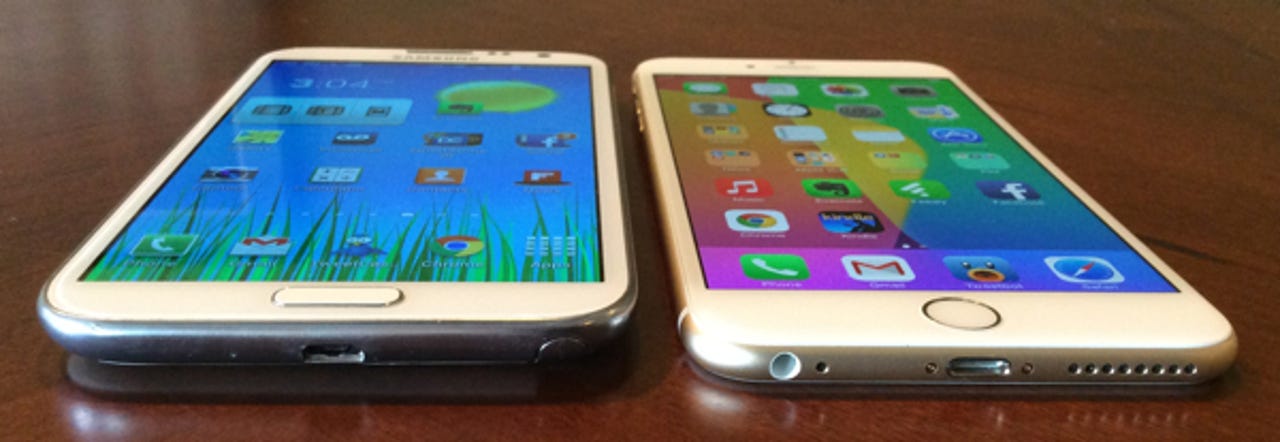Thank you Apple and Samsung: The physical home button is essential for efficiency and security


The physical home button is one of those hardware features that used to be present on nearly every PDA and smartphone back in the day. As we look at the top smartphones today we only see a physical home button on Apple iPhone, Samsung Galaxy, and Samsung Note devices.
Most every other smartphone, including the new LG G4, HTC One M9, Sony Xperia Z3, Nexus 6, and more, all use capacitive software buttons. Some have camera capture buttons and all have power buttons, but these don't serve as home buttons.
While the home button is useful for getting you back to a common start screen when the display is turned on, I find the vital usefulness of the button to come into play when the screen is off and you first pick up your phone.
Convenience: In terms of convenience, the physical home button on the Apple iPhone 6 Plus allows me to press and hold to launch Siri with one hand. I can then perform any function I want with Siri and can't tell you how many times I use this to place calls, initiate messages, search for destinations, find out the latest sports scores, and much more without ever turning on the device or even using my second hand to use the phone.
I can also press it once and then slide up on the display of my iPhone 6 Plus to launch the camera and start snapping shots without every unlocking the phone.
When my display is turned on, a quick double press of the home button launches the task manager with all my running apps showing up. In addition, my recent contacts show up along the top row and this function has me performing this action rather than launching the phone app on my iPhone 6 Plus.
If you are listening to music, pressing the home button also brings up music controls so you can manage your listening experience without unlocking your iPhone. I never use this feature, but you can also double tap the button, not press, to launch reachability and have the display adjust for easier access.
On the new Samsung Galaxy S6 and S6 Edge, check out my full S6 Edge review, a double press of the home button will launch the amazing camera and let you capture photos in seconds.
A press and hold with the display on will launch Google Now where you can state "Ok Google" and initiate Google Now actions.
Security: Everyone is encourage to use some form of lock screen security on their smartphones, but in my experiences most people just enable a swipe due to the hassle of having to unlock with a code or pattern.
Samsung and Apple have incorporated fingerprint security into the physical home buttons on the newest iPhones and Galaxy S6 models. The fingerprint scanner on earlier Samsung phones was garbage and I could never get it to work after a flawless experience with the setup process. The fingerprint scanner on the Galaxy S6 and S6 Edge is excellent and I was seeing nearly perfect recognition when I had the S6 Edge.
While fingerprint security may still be compromised, having it enabled on your iPhone or new Galaxy at least offers a decent level of protection from unauthorized usage. Given the dependable performance on these new phones and the ease of just placing your finger to unlock your device I have seen many more people securing their phones because of the presence of the home button and fingerprint scanner.
Given the variety of vendors making Android smartphones, I am surprised that Samsung seems to be the only major player using a physical home button. Samsung made some major design changes this year, but I hope it continues to incorporate the home button. The home button has been a key element of the iPhone and should remain in place as well.
I was trying to figure out what it was about these other new smartphones that was causing me a bit a frustration and now that I realize the lack of a physical home button is the reason I am definitely going to consider this hardware element in my future purchase decisions.